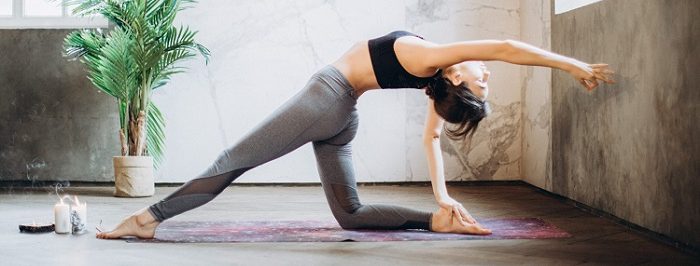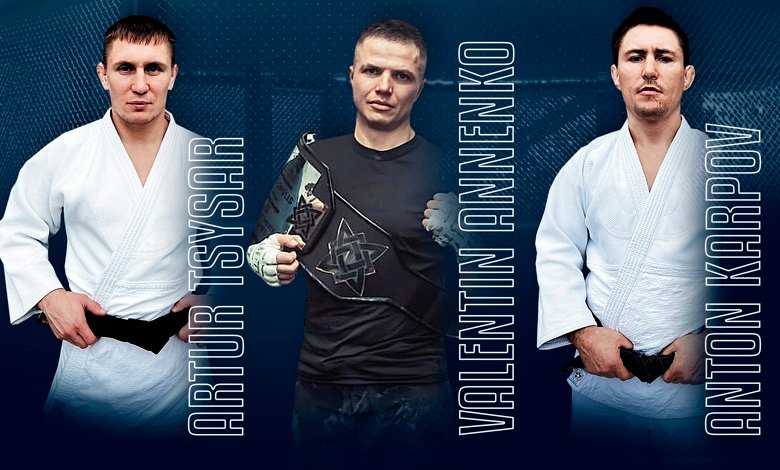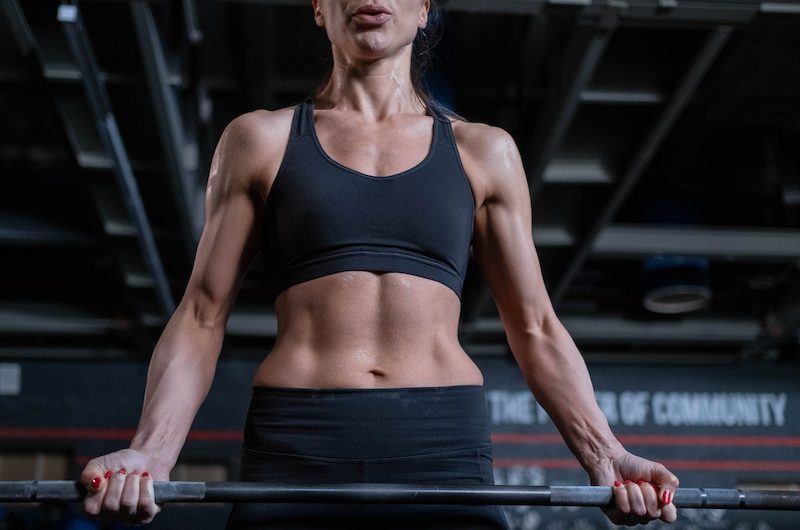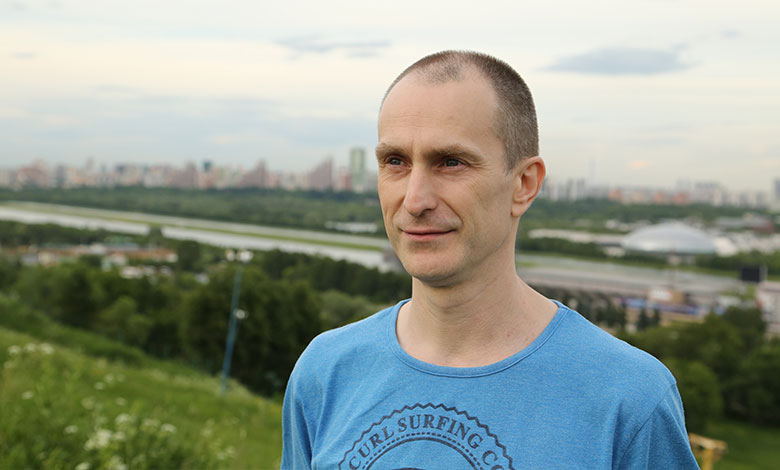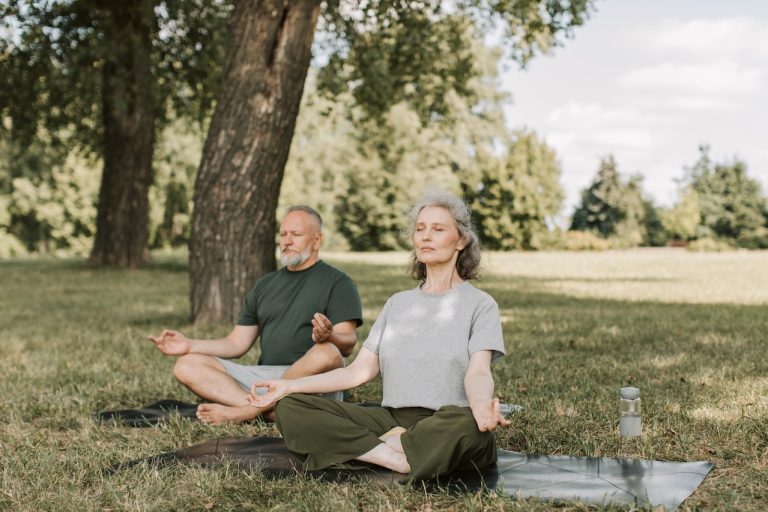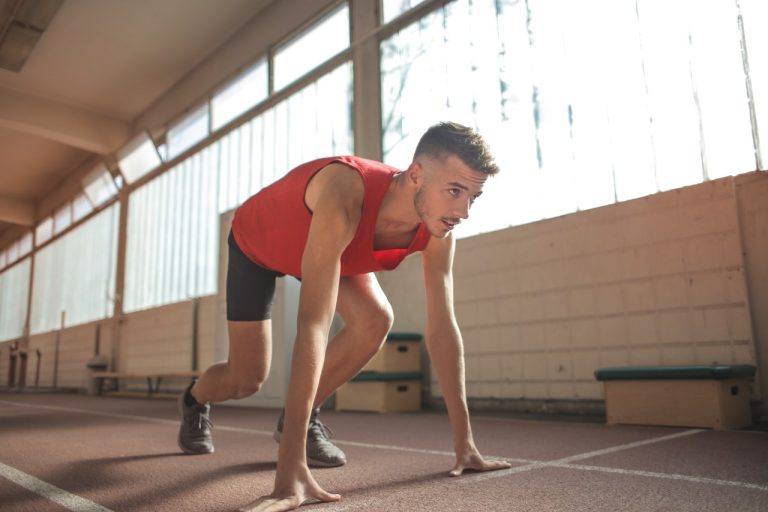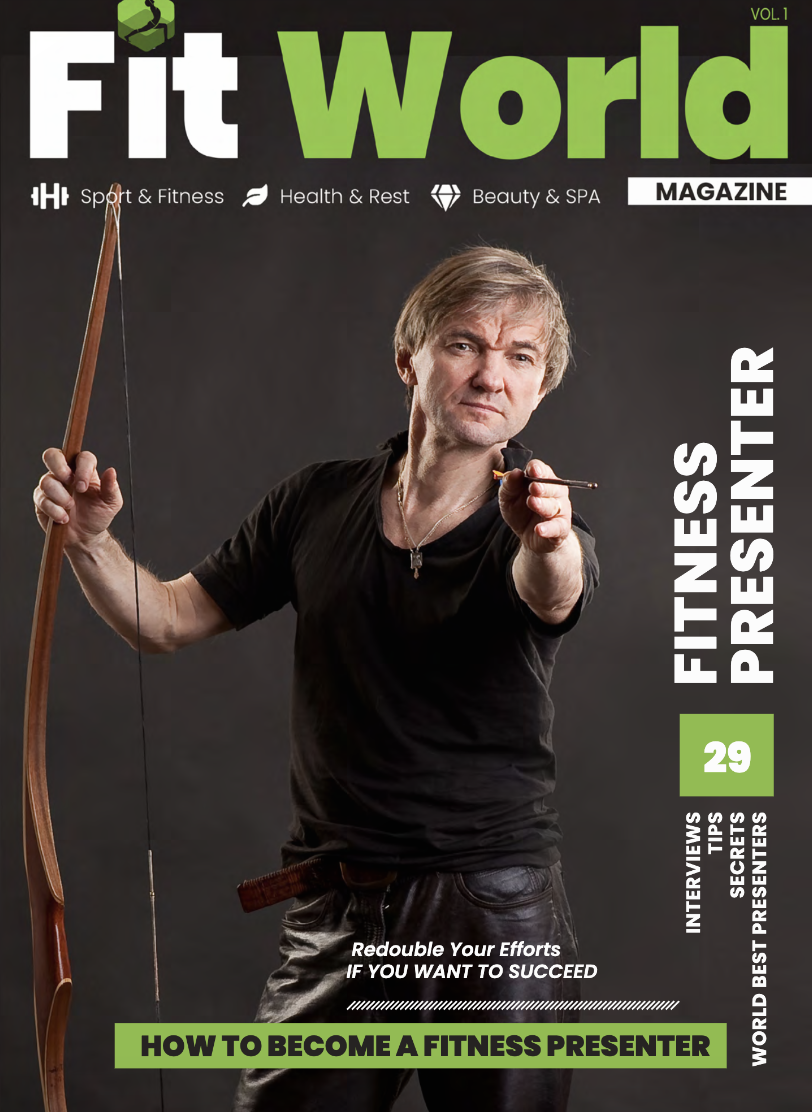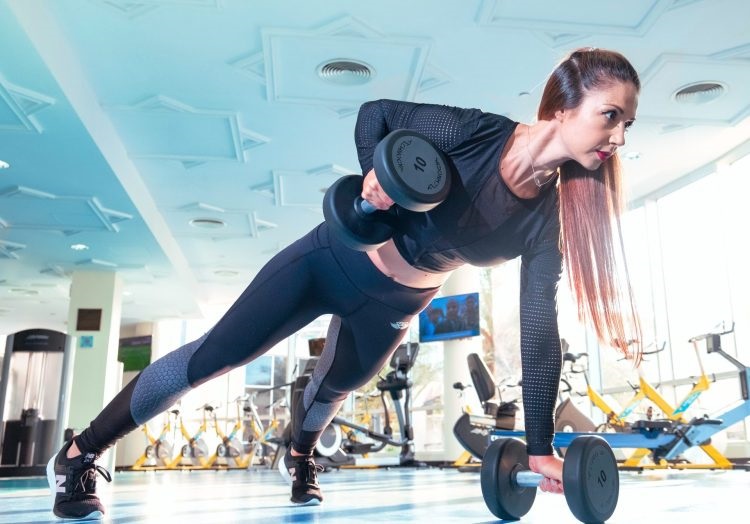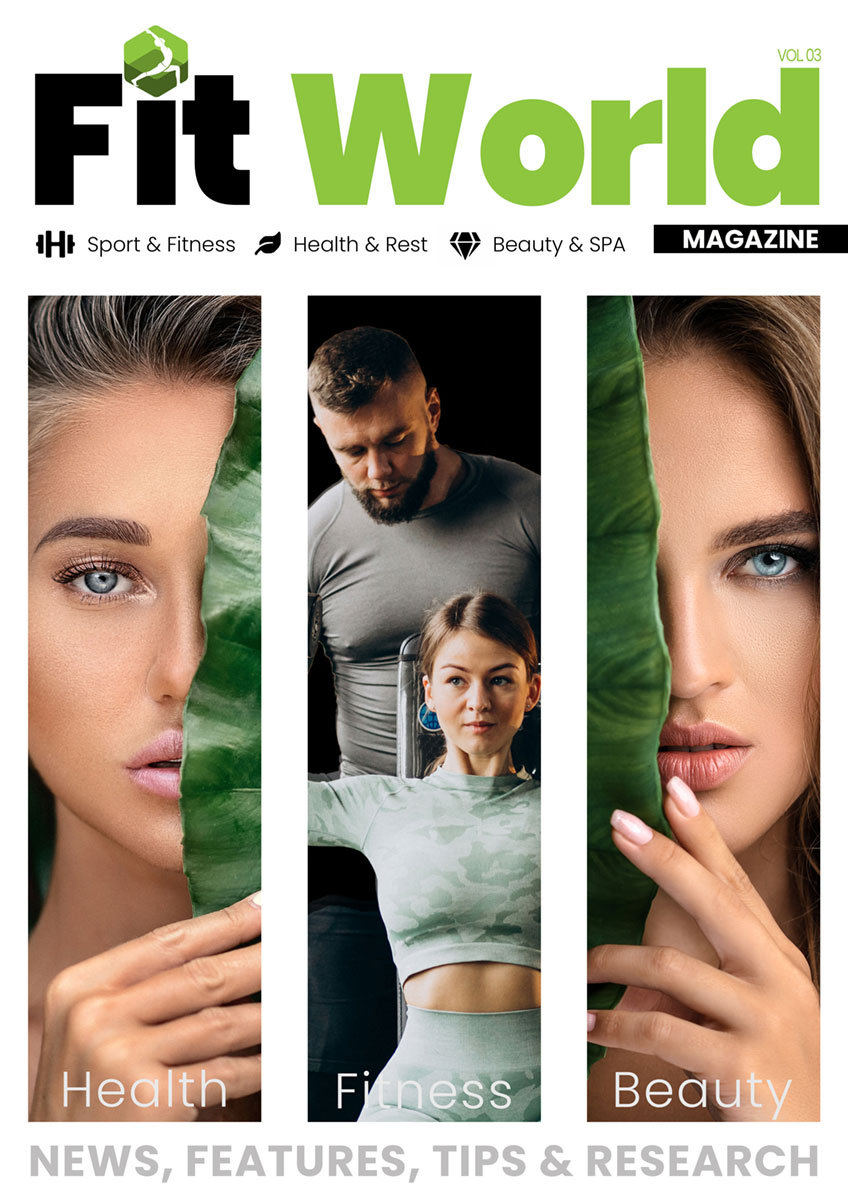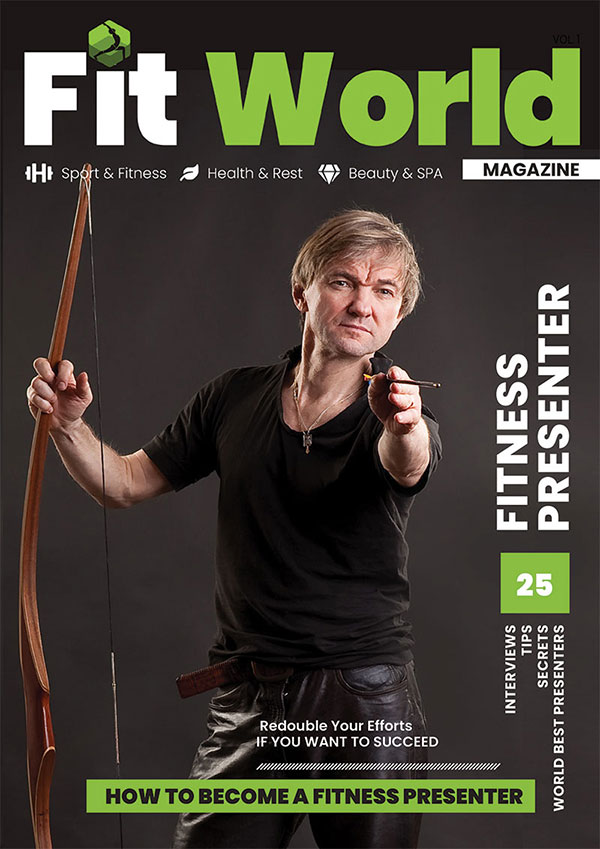Stretching is a system that includes exercises for stretching muscles, flexibility and mobility in the joints. Classes are used as an independent form of health-improving exercises or as part of other types of fitness and are included in the training program for professional athletes. The benefits of stretching is confirmed by the works of American and Swedish scientists and no modern coach or sports doctor has any doubts.
Let’s find out what is useful for stretching, what harm can cause, how to practice this type of fitness correctly and whether the exercises will help to lose weight.
The benefits of stretching for men and women
With age most people lose flexibility, joint mobility decreases, and muscle discomfort becomes more frequent. This greatly reduces the quality of life – even the usual bending and turning of the head can cause severe pain.
Stretching exercises help to lengthen the muscles, making more elastic the ligaments that connect them. Thanks to this, maintain freedom of movement and joint strength, and thus significantly simplifies daily life. It is safe to say that stretching prolongs youth.
When performing exercises from the stretching complex, muscle fibers are activated by contraction in response to stretching. A reflex reaction from the nervous system stimulates the processes in the muscles and ligamentotendon apparatus.
Stretching – the best way to prevent the development of arthritis, osteochondrosis, to improve the condition of the spine. But its benefits are not limited to this. Regular exercise promotes the harmonious development and strengthening of all systems and body functions:
– improve blood circulation;
– normalize blood pressure;
– increase immunity;
– stimulate digestion;
– balance hormonal system;
– improve posture;
– relieve stress, insomnia, psychological cramps;
– increase performance;
– develop coordination;
– help lose weight.
During stretching exercises, muscles relax and tense alternately, helping you quickly relieve tension, relax, and restore lost strength.
Stretching brings huge benefits for girls and women:
– adjusts the menstrual cycle;
– helps ease the symptoms of PMS;
– Relieves painful sensations during menstruation.
Doing stretching exercises increases blood circulation in the pelvic area, which increases libido, strengthens pelvic floor muscles. In the future, this will prevent unpleasant phenomena such as urinary incontinence or uterine prolapse.
Stretching gives considerable benefits for men – classes stimulate the adrenal glands and testicles, increasing the production of testosterone. Full functioning of the hormonal system and increased blood flow in the pelvic organs has a positive effect on the potency, prevents the development of prostatitis and infertility.
Stretching will allow women and men to lead an active lifestyle for many years, strengthening and improving the health of all body systems in a natural way.
Types of Stretching
There are several types of stretching, each based on different methods of muscle tension and relaxation.
- traditional (static). Used usually at the end of a workout to relieve muscle tension (and as an independent form of fitness). A specific stretching posture is held for 30-60 seconds, then the body gently returns to its starting position.
- Dynamic. Holding a static posture at the end point is done after several repetitions of slow, springy movements.
- ballistic. Muscles are stretched by dynamic sweeping movements or torso flexion performed with great amplitude.
- PNF stretching (proprioceptive neuromuscular stretching). A type of therapeutic muscle stretching. It is used to restore joint mobility after injuries or surgery. The muscle should first be tensed for 6 seconds, then brought into a static stretching position for 10-30 seconds.
- Active-isolated. The essence of this method is to tense and stretch the muscle opposite to that to be stretched. Each exercise is repeated 8-12 times. Allows you to strengthen weak muscles or restore them after an injury. Less painful compared to traditional stretching.
- With a partner. A variation of static stretching that involves the help of another person. Useful for stretching tight muscles, which it is problematic to work independently.
- Aerostretching. Stretching muscles on hammocks in the air. Thanks to its use, it is possible to significantly reduce the load on the joints, to relax the spine, to engage more muscle groups. Exercises are not suitable for beginners, as the risk of injury is high.
It is possible to combine several stretching methods in one workout or stop at any one of them.
There is no type of stretching that is suitable for absolutely everyone. We all have different physiques and levels of fitness and have different goals. Therefore, it is simply necessary to experiment with different methods, choosing the one that will be most comfortable.
How does stretching affect the figure?
With regular exercise, you can change your figure for the better. Stretching affects the body in four directions at once:
– it reduces the volume of problem areas;
– improves posture by strengthening the muscles of the back;
– tightens the muscular frame;
– Forms thin and long muscles, making the figure more graceful.
Extra centimeters on the waist and hips are formed not only due to fat deposits. Due to poor outflow of lymph and blood circulation, fluid accumulates in these areas. These are the main causes of cellulite.
Daily stretching improves blood flow in the tissues. Oxygen enters the adherent fat cells, speeding up metabolic processes and lymph outflow. Getting involved in stretching, the volume of problem areas will gradually decrease, becoming less pronounced effect of “orange peel.
Thanks to stretching the body will become graceful, like a ballerina. In combination with strength and cardio exercises the benefits for the figure from stretching will increase – the desired proportions can be achieved even faster.
Stretching exercises reduce the manifestation of cellulite because they contribute to the removal of excess fluid from the intercellular space, improve blood flow, strengthen the lymphatic system. Stretching strengthens the muscular corset of the whole body, making your figure more resilient day by day.
Does stretching help you lose weight?
Stretching itself is not an energy-consuming activity. The number of calories spent per 1 hour of exercise is not more than 150. They can easily be replaced by a couple of apples.
Nevertheless, stretching helps to lose weight. But to do this, you need to combine exercise with cardio and strength training. When the muscles are more elastic and the joints are more mobile, the amplitude of movements increases significantly. By performing exercises in which amplitude affects calorie expenditure (e.g., squats, leg swings), you can burn a lot more fat with good stretching.
Stretching helps to increase the effectiveness of intensive fat-burning workouts and reduces body volume by reducing accumulated fluid in problem areas.


